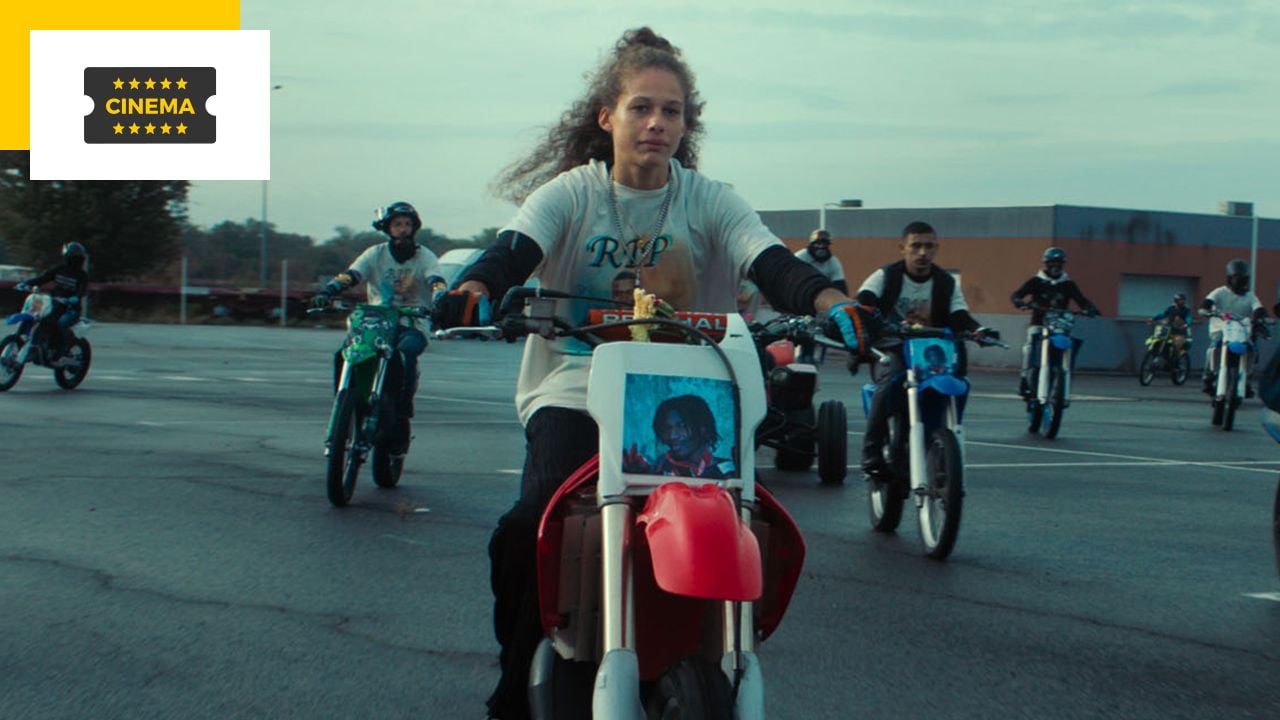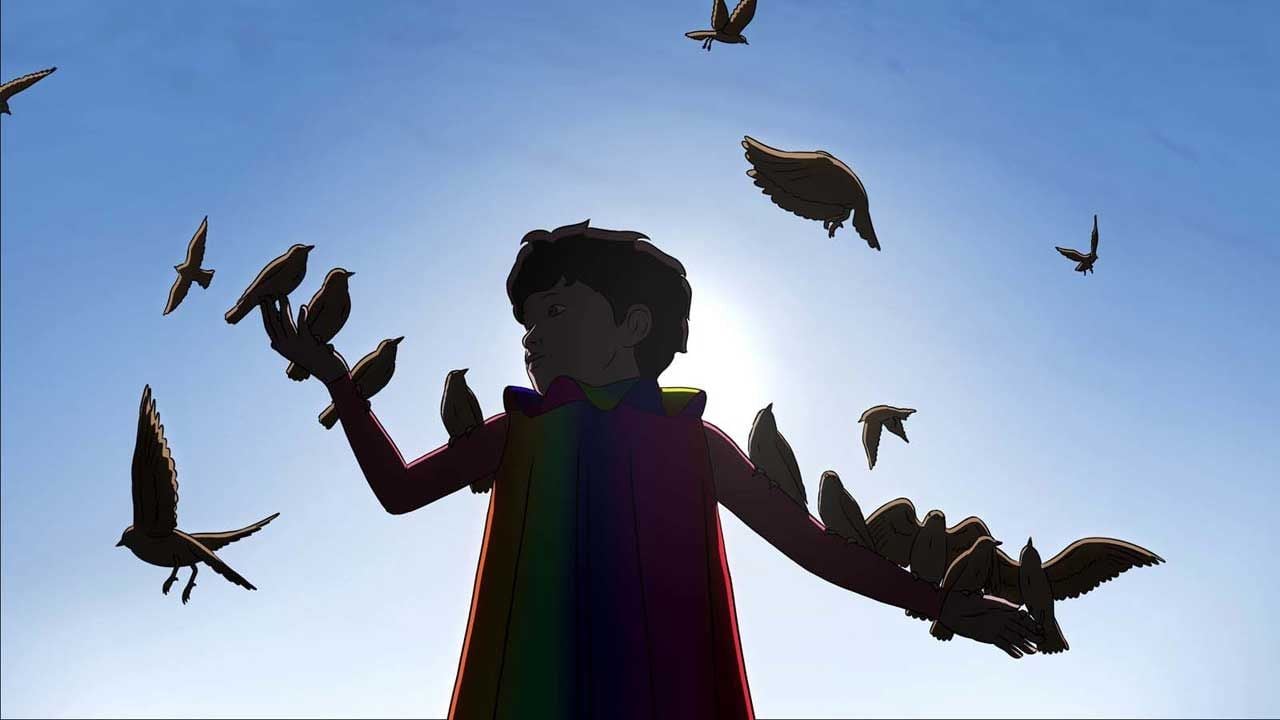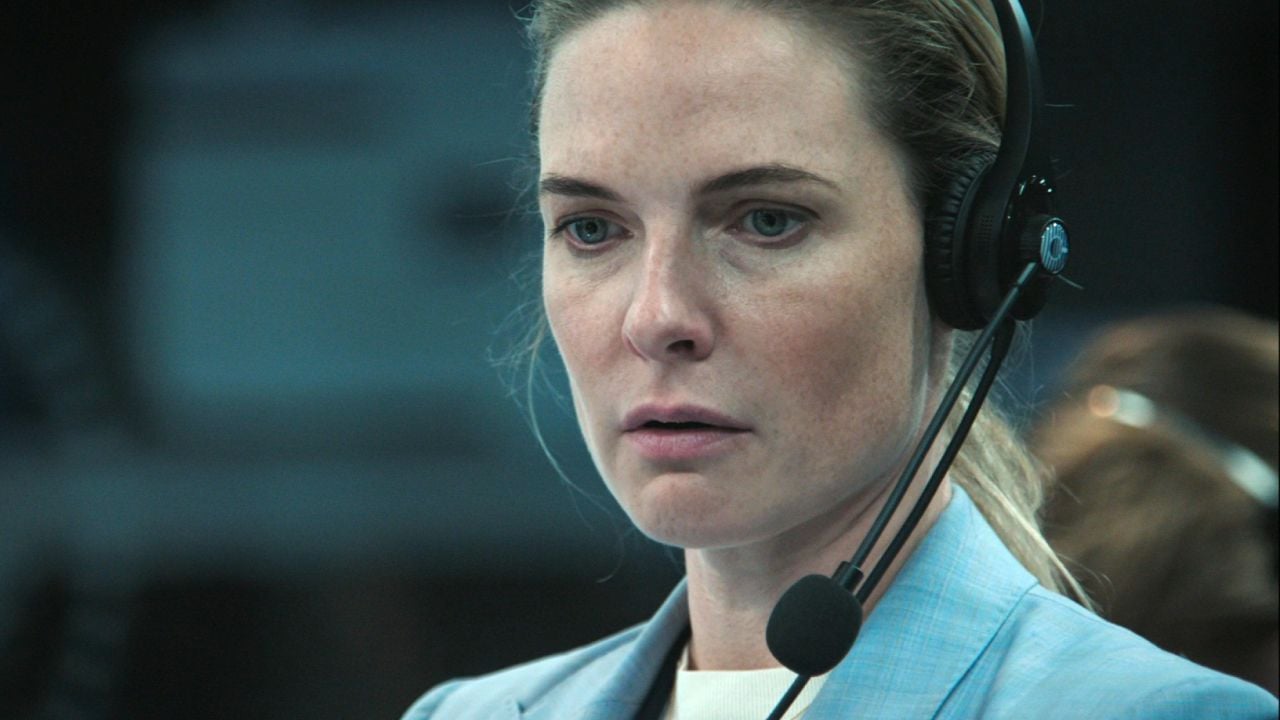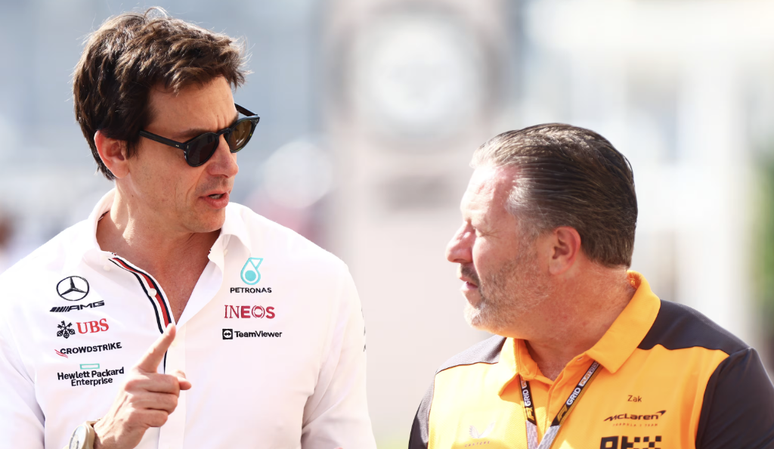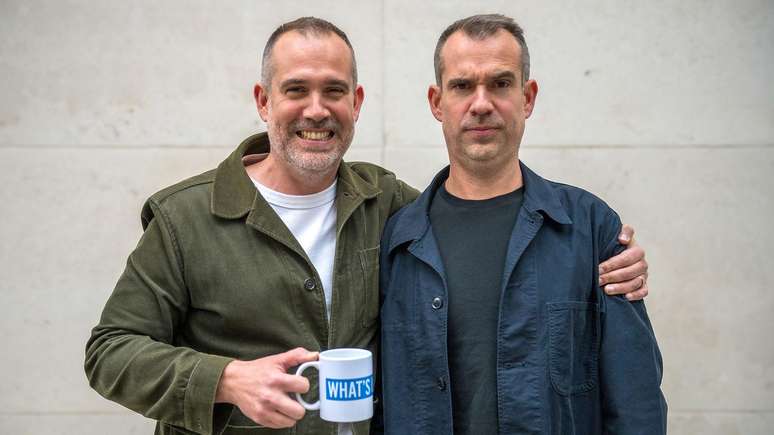With the release date of Rodeo by Lola Quivoron, here are five things you need to know about this controversial film centered around urban rodeos.
Rodeo by Lola Quivoron
With Julie Ledru, Yanis Lafki, Antonia Bure…
What is it about? Julia lives on small tricks and devotes an all-encompassing, almost animal passion to motorcycles. One summer day, he meets a gang of cross-country bikers and infiltrates this clandestine environment of mostly young men. Before an accident weakens his position in the gang…
The birth of the project
Lola Quivoron knows the rodeo world well. When he was a kid, he lived in Epinais-sur-Seine (93) and used to see youngsters riding motocross bikes below his building. He also met the characters of his short film Au Loin Baltimore (2015) when he was at La Femis:
“I came across videos on social media of young people crossing the street and calling themselves the Dirty Riderz Crew. I contacted the leader of the group, Puck, who invited me to their training line in ’77,” the filmmaker recalls, continuing:
“It really got to me. It was a physical encounter. The engines are very powerful, the practice is quite brutal, it’s very impressive. They cross lines that are quite narrow two-way roads. I went back about 50 times and became friends with them.”
Revelation by Julie Ledru
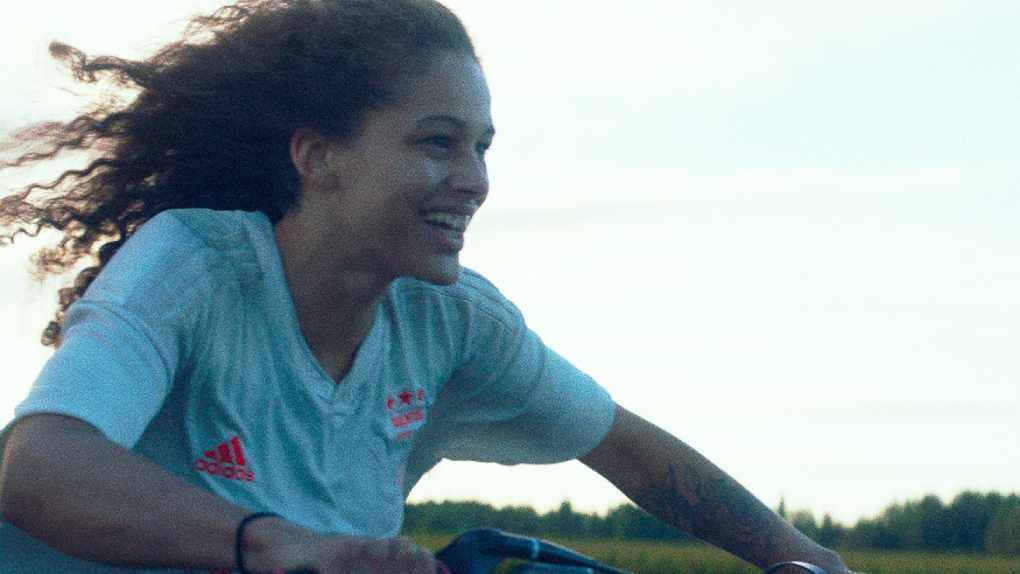
Film director Lola Quivoron took a long time to find an interpreter for Julia. It was thanks to Instagram that someone came across Julie Ledru’s account “Inconnue_du_95”. He recalls: “And he rides a bicycle. We meet in Beaumont-sur-Oise, a suburb of Paris.”
“I knew this town I passed the first memory of Adam Traore’s death. I thought it was a sign. He comes in his old Honda jacket and tells me his whole story. I’m talking about the character of this woman, she seems to understand very clearly.”
“When I got home from the meeting, I called Antonia and said: “It’s very strange, this girl is a big myth. He told me his life, this is the story of the movie. “I don’t know how to say it, but it was like a miracle, as if two ends met. Real and fictional.
Cinema inspirations
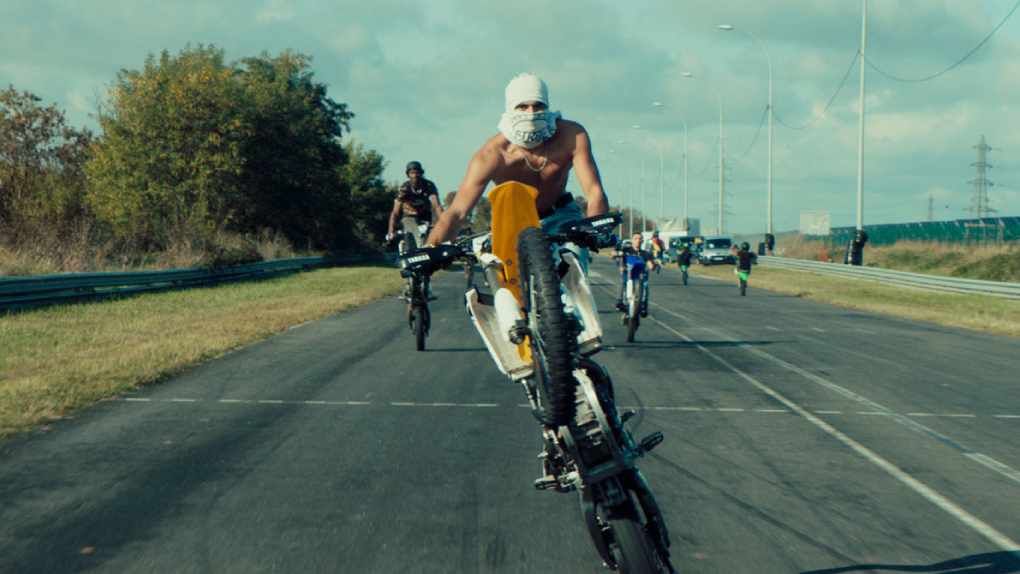
Lola Quivoron had several cinematic cues in mind when she wrote Rodeo. Among them, La Fureur de vivre and De noise et de fureur. The filmmaker recalls: “The Sound and the Fury is a very good film. I like its brutality, its immense poetry, its dreamlike power. I feel like I understand the violence of each character.”
“Julia’s character is very much inspired by paranoid figures in cinema. I’m fascinated by ungrateful, drug-addicted characters, sometimes prey to self-destructive existential crises.”
Western format
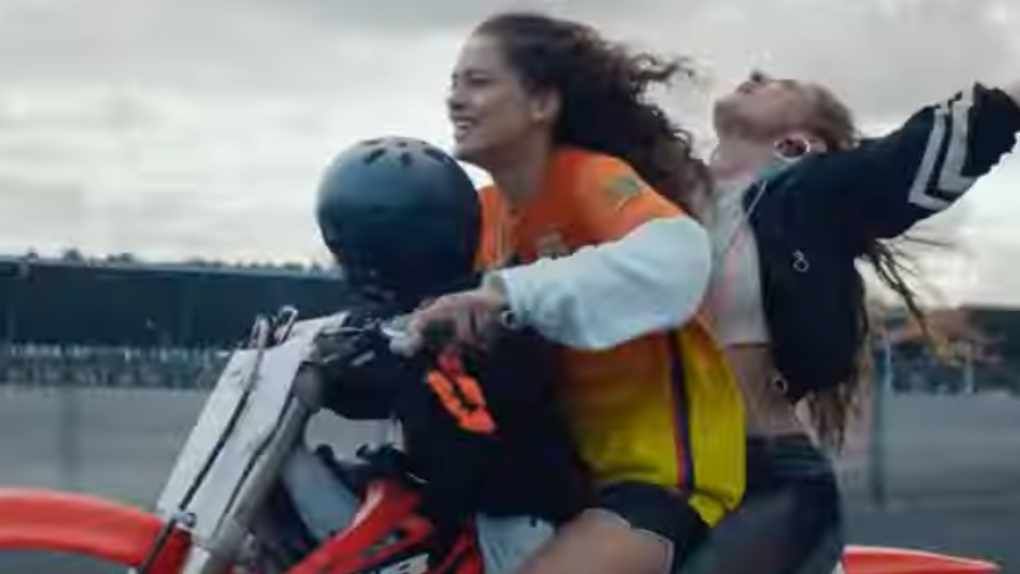
Director Lola Quivoron shot the rodeo with an Arri Alexa Mini camera, in Cinemascope format (2:39), with anamorphic Master Prime lenses, as in classic Westerns: “It gives a spectacular power to the documentary look I wanted to keep. I wanted to convey the physical sensation of bodies infatuated with the speed and adrenaline of the cycling life,” she explains.
skin and confrontation
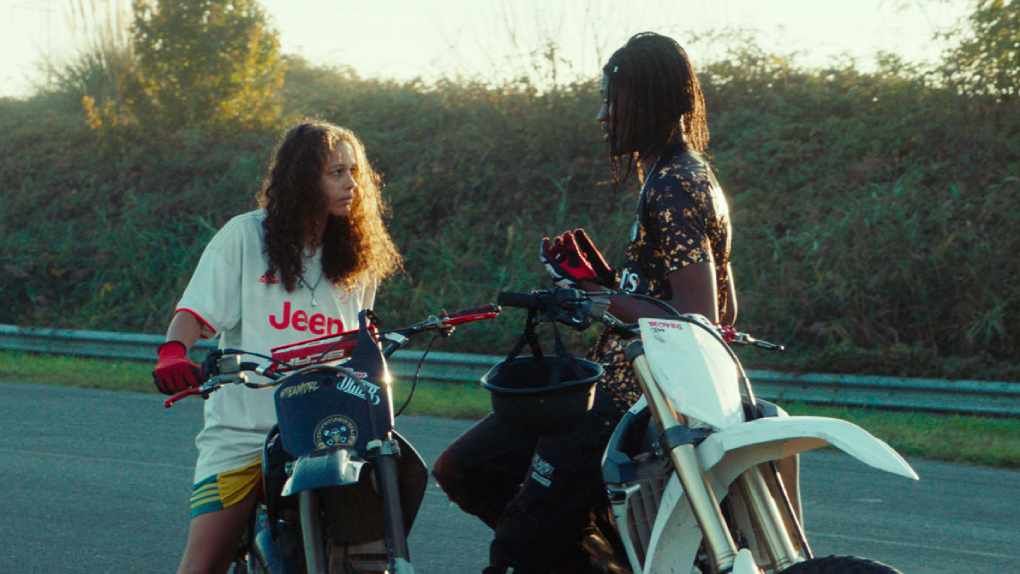
Rodeo was presented at the 2022 Cannes Film Festival in the Un Certain Regard section, where some of Lola Quivoron’s statements caused controversy in an interview with Conbini. In the latter, the director said: “Accidents are often caused by policemen who chase, who drive riders to their deaths, in fact, specifically.”
These statements provoked a strong response on social networks: from certain politicians, such as Cannes Mayor David Lisnard, but also from Internet users (including a large number of residents who oppose the passage of cross-bitumen enthusiasts in their neighborhood).
A few days before the theatrical release of the feature film, Lola Quivoron explained: “My words have been caricatured, over-interpreted, extrapolated by journalists in articles and on TV who have not seen my film themselves. Journalists ask me in Konbin’s interview. Cross bitumen by deleting their questions”.
“My phrase, accidents are often caused by policemen chasing riders and pushing them to their deaths, voluntarily set as a slogan, completely cut, chopped and re-composed. This type of editing transforms the meaning and produces a tense flow of discourse, without the real spread of arguments, which in my It makes the speech superficial, brutal and aggressive.”
Source: allocine
Emily Jhon is a product and service reviewer at Gossipify, known for her honest evaluations and thorough analysis. With a background in marketing and consumer research, she offers valuable insights to readers. She has been writing for Gossipify for several years and has a degree in Marketing and Consumer Research from the University of Oxford.

